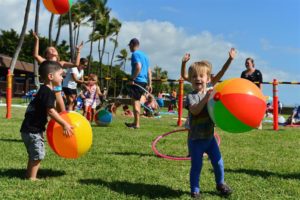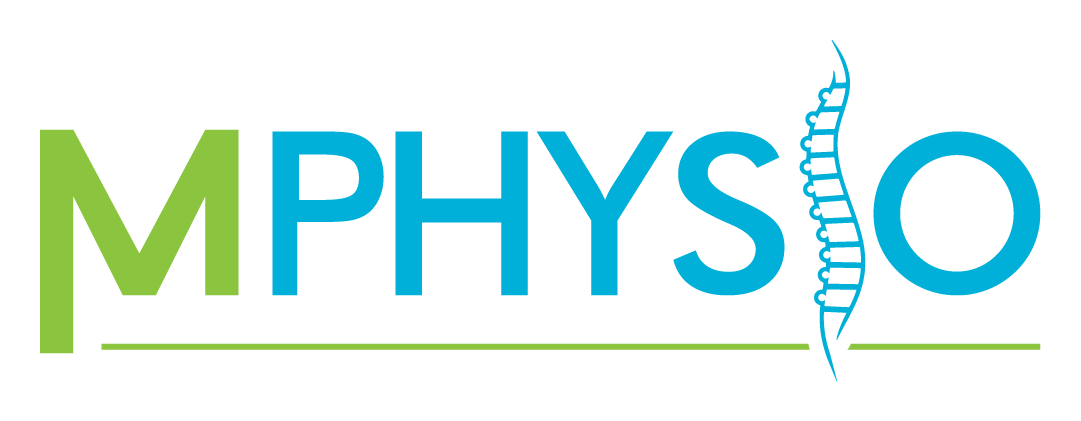Blog
Gross and Fine Motor Development Milestones in Children

The timeframe in which motor development goals should be reached varies from child to child. However, significant delay should be investigated to determine the contributing factors.
Gross Motor Milestones
Gross motor skills are related to movements involving larger muscle groups such as crawling, walking and running. Below is a timeline of ages and corresponding skills from newborn through to 6+ years of age.
0-6 months: rolling, sitting when placed, sitting supported and progressing to sitting independently should be achieved by 6 months.
8 months: prone on elbows, and commando crawling on elbows achieved
10 months: crawling
12 months: pull to stand, cruising
12-18 months: sits, crawls and walks independently. With practice, the walking should quickly appear more refined and less clumsy.
2 years: able to walk with ease and incorporates some change of direction. May be able to achieve propulsive activities such as running. Dual tasking should begin at this age, managing to walk and carry toys to enhance play. At this age, the child will begin to tackle stairs with support.
3 years: stair walking should be achieved without support. At this age, the child will begin to climb jungle gyms, jump with two feet and catch a ball using their body. They may also begin simple bilateral movements of arms.
4 years: Catching, throwing and kicking skills will improve. The child will begin to progress from an underarm to overarm throwing pattern. They should be able to hop on one leg, clear an obstacle by jumping and stand on one leg for 4-5 seconds.
5 years: At this age, the child can walk up stairs whilst holding something, walk backwards, jump repeatedly without falling, begin to skip and gallop. They should now be able to catch a tennis size ball using a spider catch, and use whole body movement (stepping and rotation), to achieve a more powerful throw.
6 years: able to run, jump, hop, gallop and skip. Catching and throwing patterns should be matured and progressing to more sport specific skills by the age of 8. All gross motor skills should be refined, rhythmical and not cognitively challenging.
Fine Motor Milestones
At birth: reflexive grasp to stimulus in the middle of the palm is achieved.
3 months: the baby will swipe at objects and then begin to voluntarily grasp. The baby will attend to stimulus by grasping with both hands.
5 months: the baby will attend to stimulus by grasping with one hand.
6 months: The baby will be able to voluntarily reach in a controlled manner to grasp toys.
6-12 months: The baby will begin to reach, grasp and bring things to mouth. They will begin to transfer objects from one hand to the other and be able to drop and pick up toys. They should adopt a static pincer grasp.
1-2 years: At this age, the child should build towers of 3 blocks, place pegs in a board and rings on sticks (posting), scribble with lack or refinement and whole arm movements. The child will begin to self feed but may need some assistance. They should be able to bring a spoon to their mouth and hold a cup to drink independently. They should also be able to turn a door handle.
2-3 years: At this age, the child can string large beads, turn book pages using intrinsics, hold crayons with thumb and fingers and eat without assistance. The child will have a clear dominant side. They will being to be able to imitate circular, vertical and horizontal strokes in writing and painting.
3-4 years: The child is able to use the non-dominant hand to assist and stabilise use of objects, they will begin to be able to snip using scissors but with little control. They may be able to manipulate clay material to make shapes and build a tower of nine blocks.
4-5 years: Develops cutting skills, copies letters, crosses and squares and can write some numbers and their own name. Handedness should be established and the child should be independent in activities such as teeth brushing and dressing.
From here, the child is expected to progress through fine motor activities associated with school such as increased endurance, speed and legibility with handwriting, and more complex fine motor tasks.
If you have concern for your child’s development or think they may be delayed, contact us to book an appointment at 1800 992 999!
References
Kid Sense. (2018). Gross Motor Development Chart and Fine Motor Development Chart. Retrieved from: https://childdevelopment.com.au/resources/child-development-charts/gross-motor-developmental-chart/
